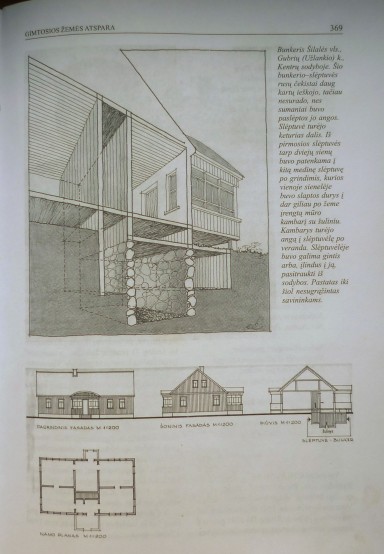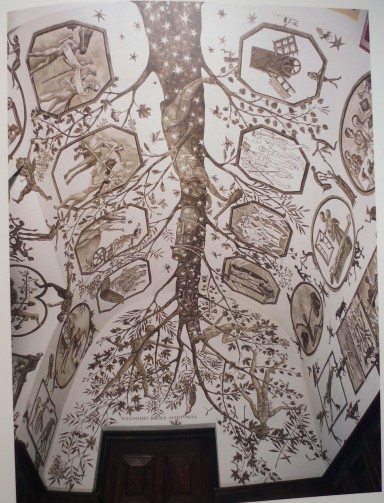
Meet Albinas Kentra and invite him for a visit and a lecture! See the portrait video about Albinas Kentra on the “Eyewitnesses” section of this website.
LECTURE TOPICS
Possible topics include: the partisan movement (The Forest Brothers); the GULAG camps; the freedom struggles of the 1980s and 90s in Lithuania.
Albinas Kentra has unique video footage of the freedom struggles, particularly the bloody January events of 1991 in Vilnius, when hundreds of thousands of Lithuanian people took to the streets in their newly independent country to protect key institutions from the Soviet military forces.
LANGUAGES
English, German, Lithuanian, Russian.
CONTACT INFORMATION
Postal address: Totoriu 9/Labdariu 10, LT-01001 Vilnius, Lithuania.
E-mail: E-mail for Albinas Kentra can be sent to Audra Sabaliauskiene, asapasta@gmail.com.
RECENT LITHUANIAN HISTORY AND LIFE OF ALBINAS KENTRA
About Albinas Kentra
89-year-old Lithuanian, Albinas Kentra, is still very active. His life reflects the most significant events in Communist Eastern Europe:
- the armed partisan movement (three brothers were killed, two of them as partisan leaders, the young Albinas survived),
- the KGB regime (Albinas was captured and thrown into a KGB prison),
- the Gulag camps (Albinas was sent to a GULAG camp in Kazakhstan), and finally,
- the dissident movement and freedom demonstrations in Vilnius (Albinas participated actively in both).
The Lithuanian partisan war and the mass deportations of Lithuanians after the Second World War
Not many people in Western Europe are aware that the Soviet Union killed 36,000 Lithuanian partisans over the 1945-56 period, many of whom were executed after being taken prisoner and without any trial. The partisan struggle is also called the “War after the war or Secret War” because of the West’s ignorance of its existence. The partisans, who fought for an independent Lithuania, expected help from the free world but it was not forthcoming. In addition to this: 137,000 people (all named) were deported from Lithuania to the Soviet Gulag camps and slave villages over the 1944-1948 period. All this out of a population of only 3 million inhabitants. It was a similar story in other eastern European and Communist countries, including Estonia, Latvia and Poland.
The family of Albinas Kentra
Why was Albinas’ family so deeply involved in the partisan movement? His family had three choices: to go to the West, to stay in Lithuania and experience the humiliation of occupation or to defend Lithuania from its enemies by speaking, writing and if necessary, resorting to weapons.
As in 1944, the Red Army occupied Lithuania once more and began its terror with renewed vigour. Albinas’ mother spoke to her four sons and two daughters, telling them they should not hesitate to defend the people of Lithuania.
Three brothers died in the freedom struggle. Albinas was sentenced by a Russian Military Tribunal and sent to a GULAG camp. His mother was wanted by the KGB but was never caught. She died in the 1960s and was buried in a secret ceremony.
Unique historical video material
Albinas is a very active and enthusiastic amateur video photographer. He has unique footage from the dissident period and the freedom demonstrations in Vilnius around 1990, for example. It is historically unique evidence over and above any other videos and photos from the period. A short video presentation of Albinas and some of his videos can be seen in the “Eyewitnesses” section of this website.
Once, Albinas was asked how he dared to photograph the Soviet soldiers at such close range (often very near to their faces) during the freedom demonstrations in 1991 in Vilnius, when 13 people were shot and hundreds more injured by the Soviet security and Army forces. He also recorded a video when the defenders were running towards the publishing house while live bullets were hitting the wall above their heads. Most people would turn and run under such circumstances.
He told the following story in response to this question: 32–year-old Albinas was going to the school to teach German through the deep snow. In the middle of the forest, he saw two dogs. When he approached them, he realized that they were wolves. There was no possibility of climbing a tree or running away. With his arm raised, he went slowly towards them without any fear, looking into their eyes. He stopped close in front of them and gazed into their beautiful eyes until both of them turned and slowly went away. So he answered the question of how he dared photograph (video tape) the Soviet soldiers and security forces at close range by replying that he “just looked the wolf in the eyes.”
Albinas Kentra’s lifelong struggle to build The Forest Brothers’ palace in the centre of Vilnius
Albinas has been Chairman of one of Lithuania’s veteran organizations for partisans “Lithuanian Freedom Fighters – Forest Brothers Association” for many years. In this context, he has been endeavouring to establish a memorial centre for the partisan movement in central Vilnius. The organization has built a beautiful house out of the former ruins. Here, he would not just make a traditional museum that would reflect only the partisan movement’s tragic events but also show the movement’s cultural life: the reading of partisan literature/poetry, partisan song and dance, serving partisan food, etc. The glorious moments of partisan life had to be depicted too! Children and young people needed to know that there were positive and cultural sites associated with the fight against the Communist invaders. Numerous intellectual visitors from Denmark and other countries are worried that the building’s reconstruction has still not been completed. This is why much of the Forest Brothers’ valuable historical filmed material on the Lithuanian way to freedom cannot be presented to visitors.
A people’s culture cannot easily be destroyed
The Soviet and Communist policy was to openly destroy the old Lithuanian society and its culture and traditions. This included the collectivisation of agriculture, education, religion, history, literature, film, music, etc. All organizations and authorities were checked and rectified to an extent that is not easily understand in the West. The following groups were officially designated as “nationalists and class enemies”:
- people who had a position in Lithuania’s short independence period between the world wars, especially all teachers, intellectuals and civil servants (also referred to as “politically and socially unreliable elements”),
- independent farmers (referred to as “kulaks”),
- Catholic priests (also referred to as the “reactionary religious”),
- partisans and their supporters (referred to as “bandits” and “bourgeois nationalists”), etc.
Despite this systematic persecution, it is remarkable that Lithuanian culture and traditions survived and even blossomed underground. There is even a photo showing a secret Catholic Easter fair being held for Lithuanians in a mine in a Gulag camp in Siberia!






